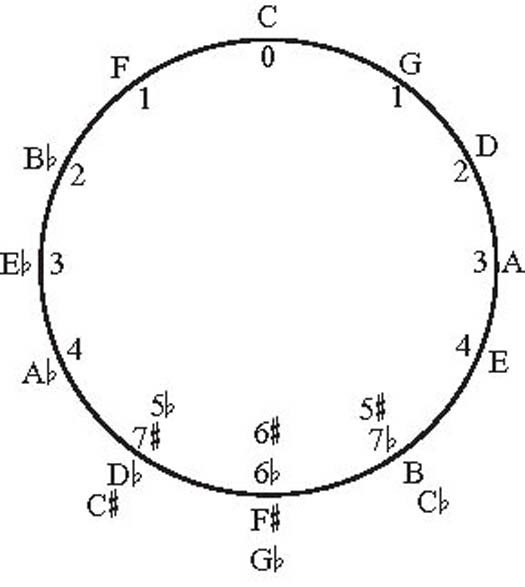Glimpsed-AM
Well-Known Member
Alright, well I'm pretty sure I'm going to be tested on this in my music theory class. Can someone offer me some tips on memorizing key signatures? I dunno if I need to clarify that, but I will anyway: For example C Major has 0 sharps, G major - 1 and so on. I'm having some difficulty memorizing which key has which amount of sharps in it. Thanks!
EDIT: Oh, and my teacher showed us some sort of pattern, but it didn't really stick with me... He was explaining the amount of spaces/lines between where each sharp or flat is placed, like: up 4 down 5, up 4 and whatnot.
EDIT: Oh, and my teacher showed us some sort of pattern, but it didn't really stick with me... He was explaining the amount of spaces/lines between where each sharp or flat is placed, like: up 4 down 5, up 4 and whatnot.



 What book are you using?
What book are you using?
